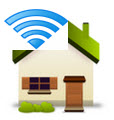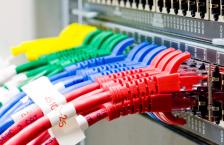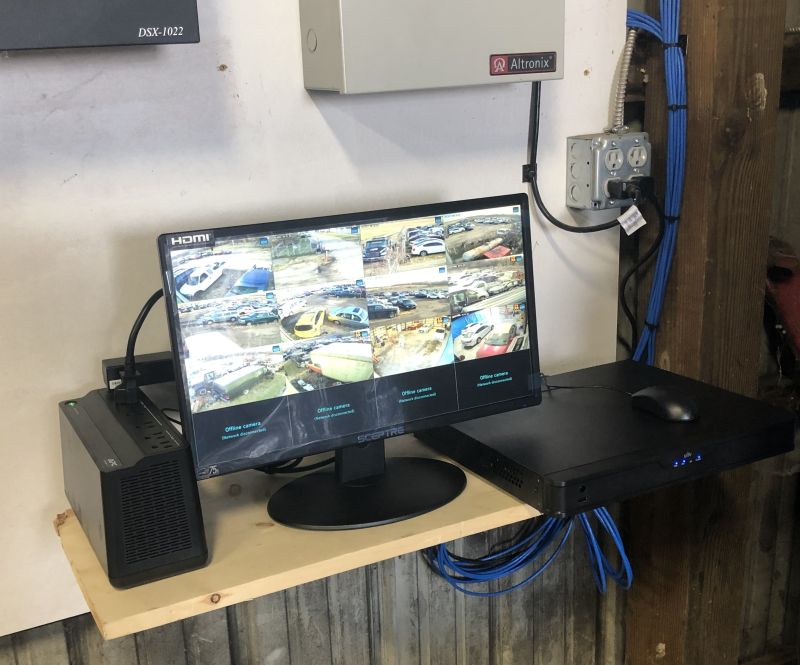In the digital age, staying connected is more important than ever. Whether you’re a tech enthusiast or a professional, you may find yourself in situations where you need to share your phone’s mobile data with other devices. This is where USB tethering comes into play. Unlike WiFi tethering, which shares mobile data with WiFi-enabled devices, USB tethering works over a USB connection, making it an ideal solution when you don’t have access to an ethernet connection or a WiFi adapter.
What is USB Tethering?
USB tethering is a process that allows you to share your mobile data with other devices via a USB cable. It’s similar to an ethernet connection but is generally faster than WiFi tethering and Bluetooth tethering. This method is particularly useful when you need to connect a desktop computer to the internet and don’t have access to an ethernet connection or a WiFi adapter.
Setting Up USB Tethering on Windows 10
Setting up USB tethering on Windows 10 is a straightforward process. Here’s how you can do it:
- Connect your phone to your Windows 10 computer using a USB cable.
- If prompted to enable the file transfer feature, cancel it.
- You should see a prompt saying “Tethering or Hotspot active—Tap to setup.” Tap on it.
- If there is no prompt, navigate to Settings > Network and Internet > Hotspot and Tethering > Toggle on USB tethering.
This setup will automatically create a new network adapter in Windows 10, and your computer will connect to the internet using that adapter. Ensure that WiFi on your phone is turned off. If it’s connected to an existing network, USB tethering will be disabled. If you see it as enabled, the tethering is successful.
Note: The location of Tethering can be different for every phone, especially on a customized OS like those from RealMe, Redmi, Samsung, or any other phone. However, they are usually found in the Mobile and Data Network section.
Troubleshooting USB Tethering in Windows 10
Windows uses the Remote NDIS based Internet Sharing Device network adapter to make USB tethering possible on Windows 10. If it stops working, you can try the following steps:
- Basic Check: Ensure that WiFi isn’t enabled automatically, the USB cable isn’t disconnected, and tethering hasn’t been accidentally turned off.
- Update the NDIS driver using the Device Manager: Use WIN+X+M to open Device Manager. Expand the network section, locate NDIS, right-click, and check if there is an update available. If there is no update, manually browse for and locate the USB RNDIS6 Adapter. Update it and restart the computer.
Advantages of USB Tethering
USB tethering offers several advantages over other forms of tethering:
- Speed: USB tethering provides faster internet speed compared to WiFi tethering.
- Reliability: The wired connection of USB tethering is more reliable and less prone to interference than wireless connections.
- Efficiency: USB tethering consumes less data than hotspots, making it a more efficient option.
Conclusion
USB tethering is a powerful tool for sharing your mobile data with other devices. It’s fast, reliable, and efficient, making it an excellent choice for tech enthusiasts and professionals alike. By following the steps outlined in this guide, you can easily set up USB tethering on Windows 10 and stay connected wherever you are.
Note: USB tethering is generally free unless your carrier has blocked it. It’s best to check with your operator before setting up USB tethering.






0